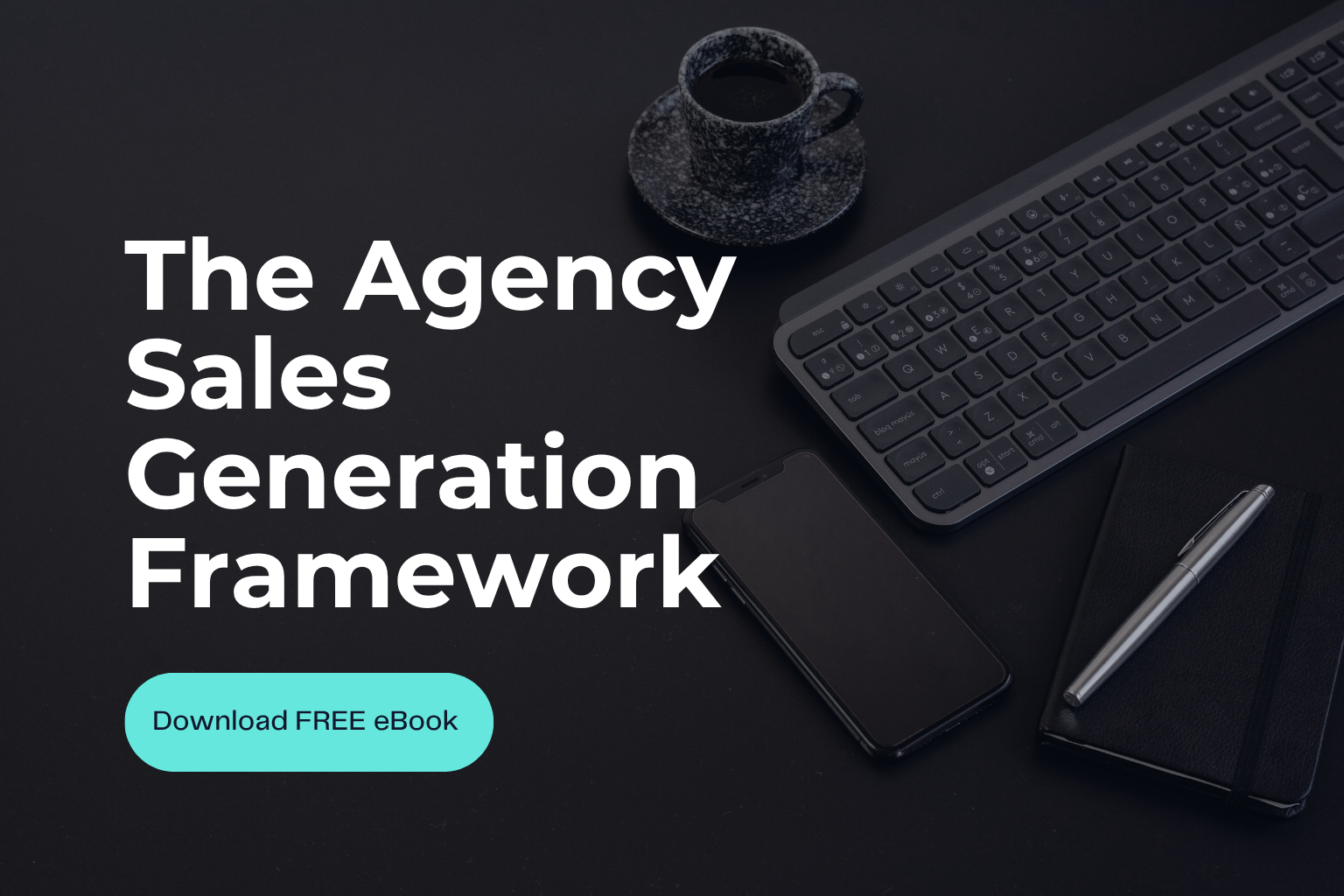As an agency person you know the value of simultaneously working across multiple businesses. There is no better way of accelerating learnings. Full stop.
It’s why we think agency people are some of the very best business people that exist. After all, how many other professions allow you into the inside of other companies’ numbers and inner workings so you can see what works, at scale?
We have had the privilege of this experience for a combined 20+ years as agency founders and loved every moment of the learnings. It gives you the ability to see, very quickly, why a business isn’t growing and to know what to do about it on a very practical level. Many can quote the theory but few outside of the agency fraternity can really get it done effectively.
It’s why we implore every marketer or entrepreneur to spend time working for an agency.
Agency knowledge aggregation
And for the last couple of years, we’ve been fortunate enough to have further added to this experience by being given very rare access to the inner workings of multiple agency businesses.
It’s allowed us an incredibly rare view; one that helps shape the picture of what is the difference between a good agency and a great one?
The answer isn’t one dimensional of course. A multitude of things go into scaling agencies north of £1m or £2m EBITDA, including everything from approach to operational process, culture, and client management strategy to proposition and pricing making a difference. But, want to know the real key to it all?
An ability to fill your sales pipe consistently.
Bus driver’s holiday
The problem is that few agencies have the time our resource to work on their own sales and marketing plan outside of the ‘recommendation and referral’ process, which often provides enough momentum to make you feel like you’re a growing agency.
The problem, of course, is that relying on a single source of leads and the odd bolt from the blue just isn’t enough to sustain a hungry agency machine.
And in all the chaos of day to day there are few agency founders that are able to find the headspace to change things.
Solving the sales and marketing challenge
Solving it is a task that very regularly comes top of the priority list when we on board a new agency client and so this post will share the top-level process, we follow to ensure we get it right, for good.
Building a Go to Market
To build a really focused B2B marketing plan you have to follow a logical and defined process. There are several ways to do this, and the approach certainly isn’t a one-size-fits-all, but by following this general structure you should end up with a thoroughly researched and tightly focused plan to reach those that REALLY matter.
Yes, the days of ‘being big on Twitter’ are over. Agency growth plans now require world class GTM plans!
The process below is one we have taken from the world of product marketing but it’s also one that works incredibly well in practice for service businesses too.
Creating your ICP
The first step is to create a clear picture of ‘who’ it is your ideal customer is (ICP = Ideal Customer Profile). To do this well it pays to spend time on research, surveying your prospective customers, interviewing current clients, and generally getting under the skin of your buyer market.
Understanding the pain points
A critical part of that process is understanding the visceral pain points that they face right now. This is where good quant and qual data comes in and there are many ways to obtain that. Interviewing clients and prospects though is a cornerstone.
Customer advisory boards
One great way of gathering that info is to create, and offer places on, an advisory ‘board’. This can be attractive to clients as they get some peer-to-peer networking opportunities, and you can further enhance with some VIP access to the info itself or future services.
Capturing the ICP
The key info you are looking to collate sits in 4 key categories:
- Professional profile info.
- Current content consumption
- Company detail
- Pain points and buyer considerations
Within each of these categories are a number of important details you should capture but rather than write them all down here we’ve made this simple template for you to use. To grab a copy simply pop your details in the box provided and download it for free.
Defining customer personas
Once you have a view of your ICP the next steps are to add further colour. This means actually building around three key personas. Now, to many, these can get lost and confused and so over the years we’ve moved towards Persona Job Boards. They are great as they distil down the info you capture into details focused entirely on the world in which you operate.
So, rather than capturing useless detail you instead focus on such things as:
- (Sector and job related) likes and dislikes
- Goals and KPIs – you can often get these from job advert analysis from within the company.
- Stress and pain points
- Media and digital usage.
Outlining buyer journeys
With this info then at hand we can design the buyer journey for each of them; carefully mapping each stage of their ‘personal’ journey to your service. Again, it pays to keep this simple and to do so we usually capture, or answer, the following questions:
- Pain points searches – where are they finding the answers right now and what for?
- Format and placement – what format should the content you create to help make them smarter take? And where should it be visible?
- How do we surface this through Owned channels and how do they link to landing pages?
- How should landing pages be designed and what is the key messaging?
- What is the right call to actions and where should they lead?
- At what point does it make sense to start marketing automation and/or to pass to sales?
- What sales collateral should we use and when and in what format?
- How can we help build the business case and get further buy in?
- How should on boarding work? What do the first 90 days post purchase look like?
- How do we turn them into evangelists, extract case studies etc?
Creating messaging
The questions above will help you develop the right messaging and content for each stage in the process and how it may differ for each ‘persona’. There is a lot you can do to personalise the journeys for each of them with the creation of different landing pages or even using IP intelligence to personalise the experience.
Channel selection
And of course, your content plan, as personalised as it may be, is only as good as the earned and paid distribution plan built around it. The activation, or flight, plan should be built based on the original research from that ICP and persona project, focusing in on where you know they frequent. There are of course, a list of obvious platforms to include (think LinkedIn etc) but it can also pay to think a little more out the box too. A few examples of those that have worked for our clients are below to give a little flavour:
- Quora.
- Podcast sponsorship.
- TikTok.
- Event Sponsorship.
- Spotify.
- YouTube.
Martech
It’s a lot to think about, right?
And you’d be absolutely correct. But all of this falls down if you don’t tie it to a brilliant and well thought out Martech stack. It’s no longer enough to run all of this activity separately. Your ability to create that ‘single customer view’ is imperative if you are to return anything like good return on investment.
And if you are in B2B like you are, then this means a brilliant CRM becomes the heartbeat of operations from both a sales and marketing perspective.
Investing in this, setting it up and resourcing it up properly, will make the difference between success and failure.
If the above creates as many questions as it answers for you and gets you thinking about how you are currently set up then drop us a DM. We are always happy to chat all things GTM and to suggest ways of making your approach more impactful.



